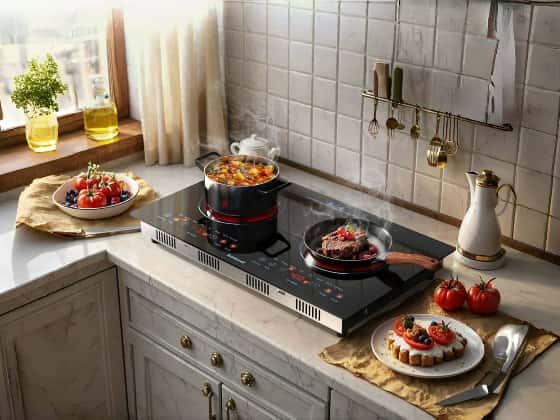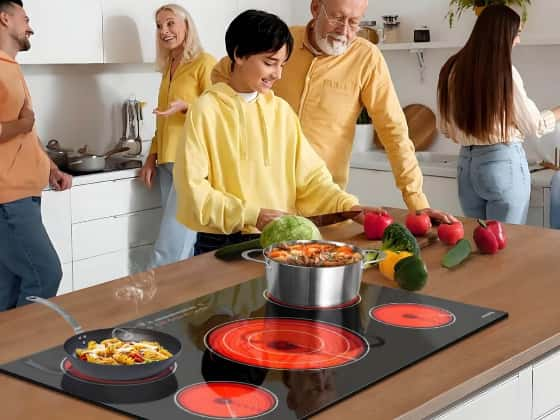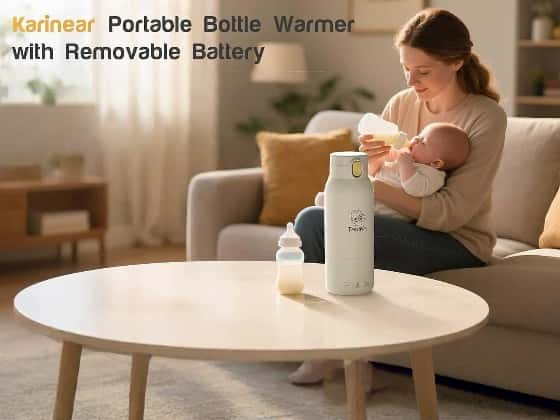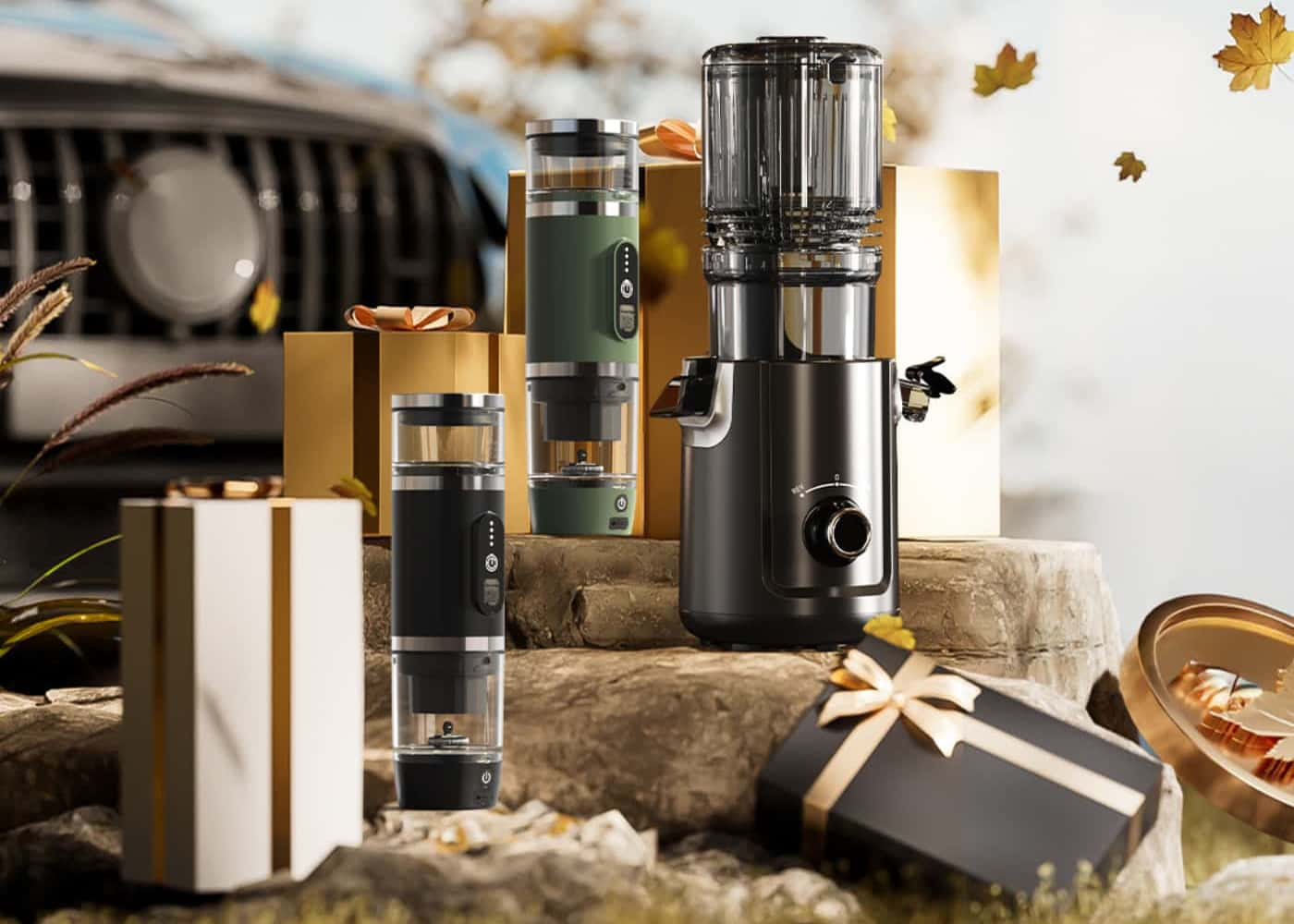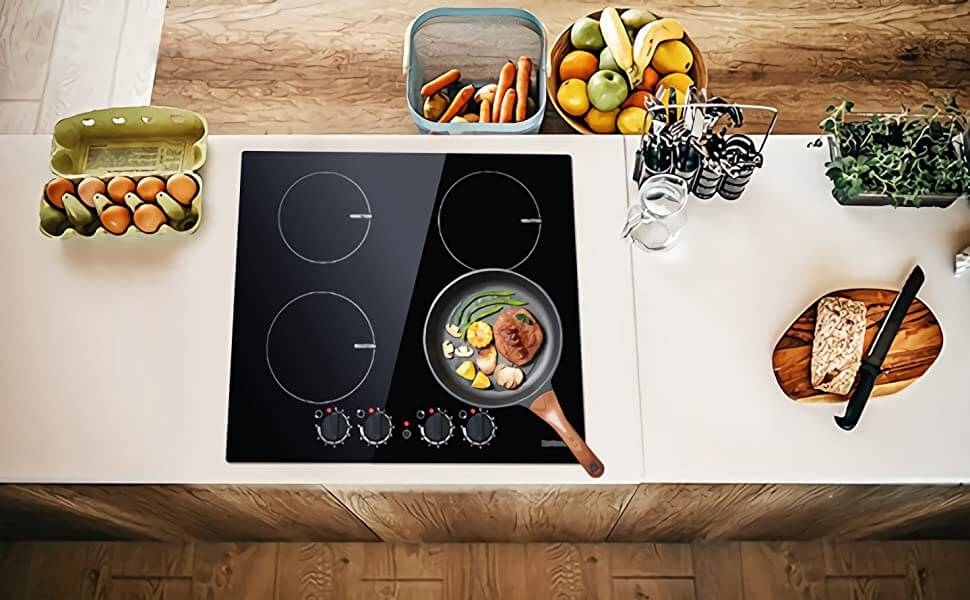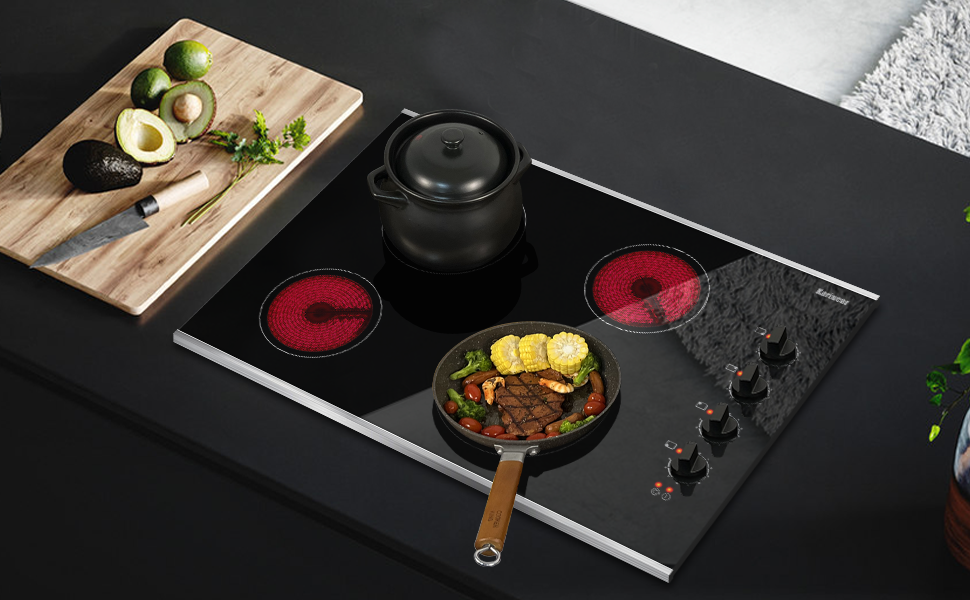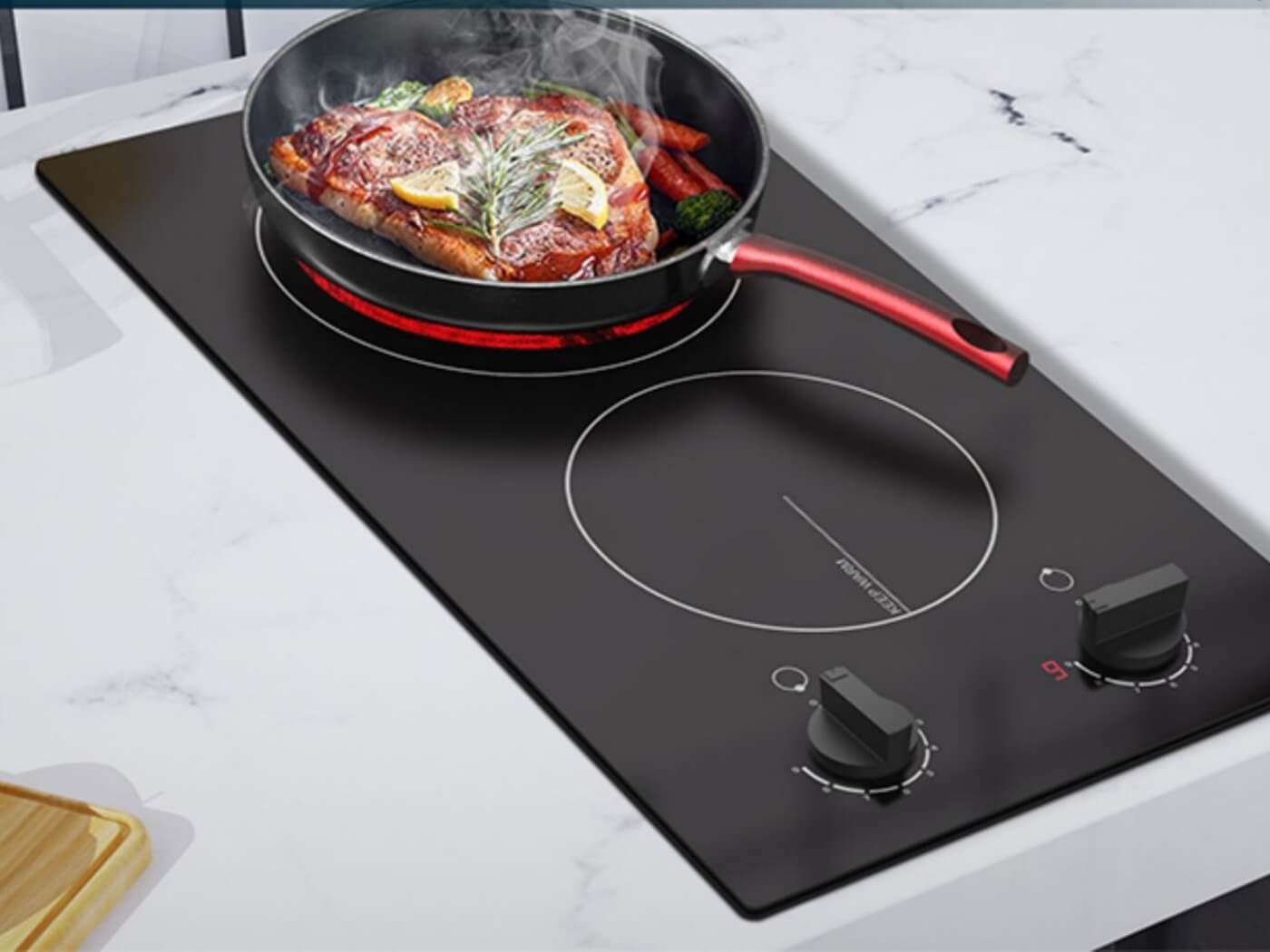
Introduction:
When it comes to kitchen appliances, there are various options available to suit individual cooking preferences. Induction cookers and electric ceramic cookers are two popular choices for modern households. In this article, we will delve into the key differences between the two, enabling you to make an informed decision based on your specific needs.
1. What is an Induction Cooker?
An induction cooker utilizes electromagnetic fields to generate heat directly in the cookware, resulting in faster and more efficient cooking. These cooktops are known for their precise temperature control and energy efficiency. Induction cookers are powered by electricity and often require compatible induction cookware for optimal performance.
2. What is an Electric Ceramic Cooker?
Electric ceramic cookers on the other hand, feature heating elements placed beneath a glass-ceramic surface. These cooktops heat up through the elements, which in turn transfer heat to the cookware. Electric ceramic cookers offer a more traditional cooking experience and are compatible with most types of cookware.

3. Key Differences:
3.1 Cooking Performance:
Induction cookers provide faster cooking times due to their ability to quickly heat up and cool down. Their precise temperature control allows for accurate cooking, making them an excellent choice for experienced cooks and culinary enthusiasts. Electric ceramic cookers have slower heat distribution and take longer to heat up and cool down.
3.2 Energy Efficiency:
Induction cookers are highly energy-efficient, as they only generate heat when the cookware is detected. This eliminates wasted energy, resulting in lower electricity bills. Electric ceramic cookers, while efficient, may waste more energy due to heat loss during cooking.
3.3 Safety:
One of the significant advantages of induction cookers is their enhanced safety features. As the cooktop itself does not heat up significantly, the risk of burns is reduced. Additionally, the absence of open flames or gas makes induction cookers a safer choice, especially for homes with young children. Electric ceramic cookers, though relatively safe, do heat up and require caution during use.

Conclusion:
Choosing between an induction cooker and an electric ceramic cooker ultimately depends on your cooking style, preferences, and household needs. Induction cookers offer faster cooking times, energy efficiency, and enhanced safety features, making them ideal for households seeking the best induction cooktop experience. Electric ceramic cookers, however, provide a more traditional cooking experience and are compatible with a wider range of cookware.

